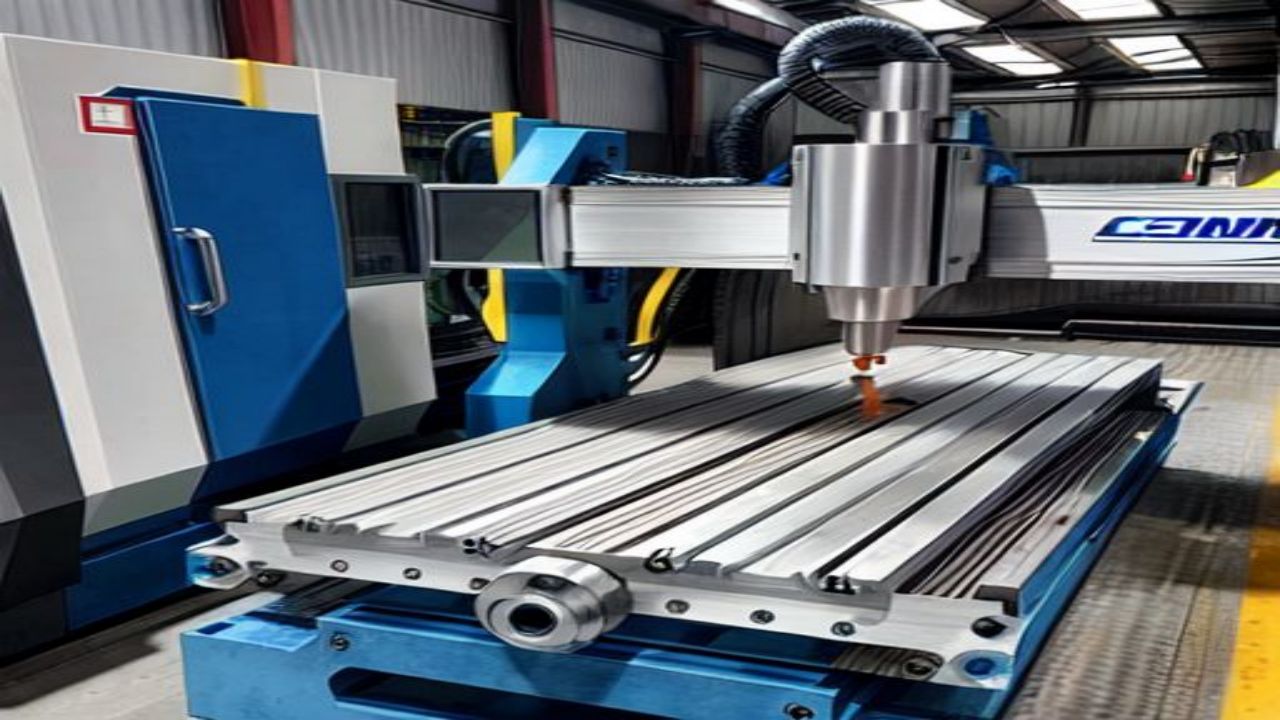In the realm of modern manufacturing, CNC machining stands as an unrivaled cornerstone, revolutionizing industries worldwide. This article delves into the core technology that drives CNC machining, its advantages, real-world applications, and future prospects, shining a light on its transformative potential. Visit the 3ERP to learn more.
Introduction to CNC Machining
CNC machining, short for Computer Numerical Control machining, is a manufacturing process where computer programs control the movement of machinery and tools to precisely fabricate complex parts and components. The roots of CNC machining trace back to the mid-20th century when the first-ever computer-controlled machine tools were developed. Since then, CNC machining has evolved into a cutting-edge technology that plays a vital role in modern manufacturing.
The Working Principle of CNC Machining
At the heart of CNC machining lies numerical control, a system that interprets coded instructions to guide the tools and machines. These instructions are stored as programs, allowing for precise and automated movements with exceptional accuracy. Computers interpret these programs, enabling CNC machines to perform intricate operations that were previously unattainable through manual methods.
Advantages and Benefits of CNC Machining
The benefits of CNC machining are abundant, making it the preferred choice for various industries:
Precision and Repeatability: CNC machines operate with micrometer-level precision, ensuring consistent and reproducible results. This level of accuracy is instrumental in applications where even the slightest deviation could lead to product failure.
Increased Production Efficiency: Automation provided by CNC machining leads to higher production rates and reduced cycle times. The elimination of manual intervention minimizes downtime and human errors, optimizing overall productivity.
Cost-effectiveness: Though CNC machines may require significant initial investment, the long-term cost benefits are substantial. With higher efficiency and minimal waste, the overall manufacturing costs decrease.
Real-World Applications of CNC Machining
The versatility of CNC machining is evident in its widespread applications across industries. Two notable sectors where CNC machining shines are:
Aerospace Industry: The aerospace sector demands uncompromising precision and safety. CNC machining’s ability to produce intricate and lightweight components from aerospace-grade materials makes it invaluable for this industry. From aircraft parts to rocket components, CNC machining has redefined aerospace manufacturing.
Medical Device Manufacturing: In the medical field, precision is a matter of life and death. CNC machining plays a pivotal role in producing medical devices and implants with intricate designs and tight tolerances. Its contribution to innovations in medical technology is invaluable.
Future Prospects and Challenges in CNC Machining
The future of CNC machining holds great promise, but it also faces several challenges:
Integration with AI and IoT: The integration of CNC machines with Artificial Intelligence and the Internet of Things promises even greater automation and data-driven decision-making. However, this integration requires addressing issues of cybersecurity and data privacy.
Sustainability: As environmental concerns rise, CNC machining must adapt to eco-friendly practices. Reducing waste, optimizing energy consumption, and using environmentally friendly materials are key areas of focus.
In conclusion, CNC machining represents a technological marvel that continues to shape the future of manufacturing. Its precision, efficiency, and versatility have transformed industries, and as it embraces emerging technologies, CNC machining will undoubtedly lead us into a new era of intelligent manufacturing.
